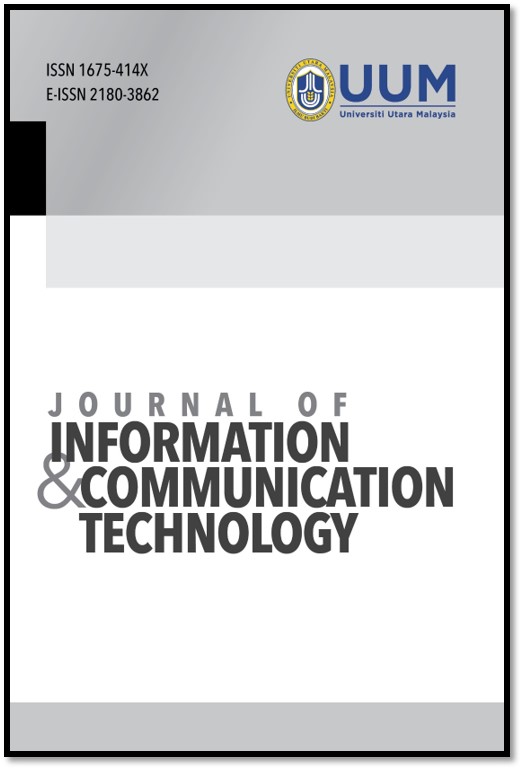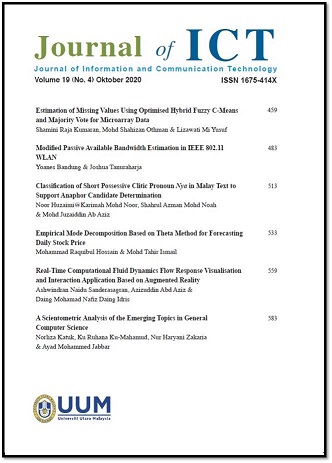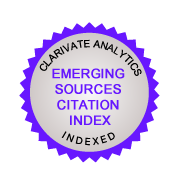ANALYSIS OF USER REQUIREMENTS FOR A MOBILE AUGMENTED REALITY APPLICATION TO SUPPORT LITERACY DEVELOPMENT AMONGST HEARING-IMPAIRED CHILDREN
DOI:
https://doi.org/10.32890/jict2019.18.1.6Keywords:
Arabic sign language, augmented reality, hearing impaired, deaf reading, deaf educationAbstract
Literacy is fundamental for children’s growth and development, as it impacts their educational, societal, and vocational progress. However, the mapping of language to printed text is different for children with hearing impairments. When reading, a hearing-impaired child maps text to sign language (SL) which is a visual language that can benefit from technological advancements, such as augmented reality (AR). There exist several efforts that utilise AR for the purpose of advancing the educational needs of people who are hearing impaired for different SLs. Nevertheless, only a few directly elicit the visual needs of children who are hearing impaired. This study aims to address this gap in the literature with a series of user studies to elicit user requirements for the development of an AR application that supports the literacy development of Arab children who are hearing impaired. Three instruments were utilised in these user studies, each targeting a different group of literacy influencers: questionnaires issued to parents of children with hearing impairments, interviews with teachers, and observations of children who were deaf or hard of hearing. The findings indicated that the parents and teachers preferred Arabic SL (ArSL), pictures, and videos, whereas the children struggled with ArSL and preferred finger-spelling. These preferences highlighted the importance of integrating various resources to strengthen the written Arabic and ArSL literacy of Arab children. The findings have contributed to the literature on the preferences of Arab children who are hearing impaired, their educators, and parents. They also showed the importance of establishing requirements elicited directly from intended users who are disabled to proactively support their learning process. The results of the study were used in the preliminary development of Word & Sign, an AR mobile application intended to aid Arab children who are hearing impaired in their linguistic development.
Metrics
Metrics Loading ...
Additional Files
Published
11-12-2018
How to Cite
Al-Megren, S., & Almutairi, A. (2018). ANALYSIS OF USER REQUIREMENTS FOR A MOBILE AUGMENTED REALITY APPLICATION TO SUPPORT LITERACY DEVELOPMENT AMONGST HEARING-IMPAIRED CHILDREN. Journal of Information and Communication Technology, 18(1), 97–121. https://doi.org/10.32890/jict2019.18.1.6
Issue
Section
Articles





 2002 - 2020
2002 - 2020


























